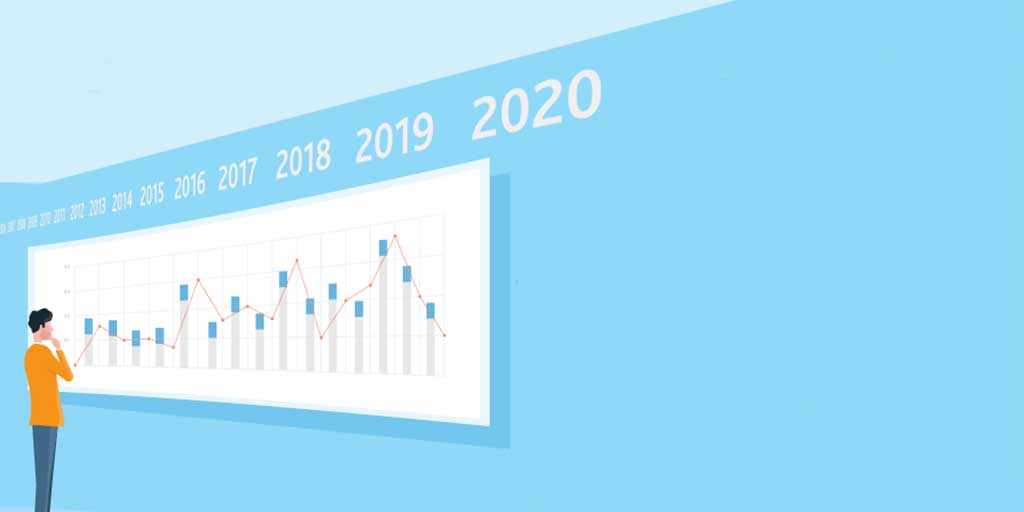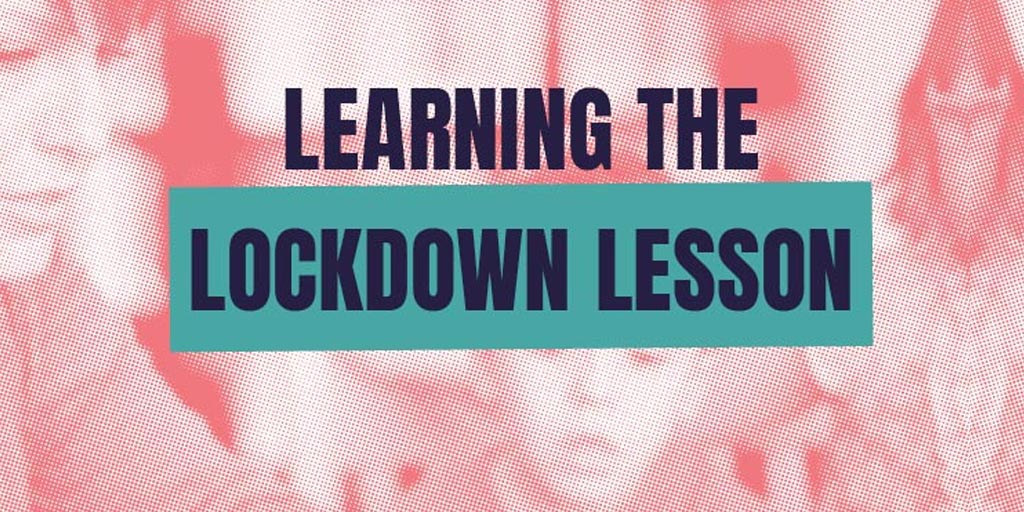How well do we understand wellbeing?
Research in an extraordinary educational era 2020/21 has been a year like no other. The COVID-19 pandemic has had an unprecedented impact on all of...

Login | Support | Contact us
Dr Matthew Carroll : Oct 5, 2020 1:57:00 PM
3 min read

This summer – this whole year – has been unprecedented in many ways. For those working in education and assessment, the challenges have been considerable. Students and teachers had to adapt to remote learning, and then had to return to very different school environments. Many hours of learning were lost or disrupted. Major examinations were cancelled. But the impacts of these events aren’t over yet. Students, parents, schools, universities, employers, and exam boards will have challenges to overcome for months and perhaps years to come.
This unprecedented situation highlights a key challenge in educational research more broadly. How can we understand the effects of particular events, or of background conditions, on a young person’s education? How can we trace long-lasting consequences?
One way to do this is to study large groups of students at a particular point in their education. For example, students could be surveyed at age 16 over several years, to see how things change over that period. Another way would be to study groups of students of different ages in a single year, to see how the groups differ. However, in both these cases, the sample of students in each group is different. Would any findings be due to the phenomenon being studied, or due to the differing samples?
A third way would be to survey the same students repeatedly throughout their educational career. In the current situation, a group of students who were subject to the disruption of the summer could be surveyed each year over a number of years. This could be used to see if, and how, the disruption affected their path through education and into employment.
The first two approaches described would be cross-sectional studies. The third approach would be a longitudinal study. Both types of study are useful, but when detailed information on how things change over time is required, longitudinal studies are particularly useful.
Taking a broader view still, longitudinal data doesn’t just refer to repeated measurements of individuals – any situation where someone or something is repeatedly measured over time produces longitudinal data. To that end, repeated measurements of a school would provide longitudinal data about the school.
Truly longitudinal studies are, however, fairly uncommon. That is because they are challenging to establish and, importantly, to maintain. Participants withdraw, funding comes and goes, researchers get other commitments. Moreover, by their very nature, results are slow to be produced. Because of the challenges, relatively few explicitly longitudinal studies are started, and those that do start can, at times, struggle to keep going.
Despite the challenges, major longitudinal studies have been conducted in recent years, with some still ongoing. Studies such as the Millennium Cohort Study, Next Steps and Our Future have produced rich datasets, in turn providing important research findings. The data has been used to address a wide range of questions, in areas including drivers of attainment and progress, aspirations and expectations, ability grouping, subject choice, effects of socioeconomic disadvantage, and student behaviour.
Research has covered primary and secondary education, as well as the transition to higher education and work. Importantly, because observations are available from multiple points in the participants’ lives, changes over time can be explicitly examined. (Find out more about the types of research carried out with these datasets.)
These studies have achieved such impacts by collecting rich data on family backgrounds, opinions, attitudes, and school performance at various points throughout the young person’s life. Researchers can then carry out careful statistical analyses to understand links between potential causes and observed effects. Indeed, even as the education system changes, research is still carried out using data collected over the last 20 years, due to the rarity and value of the data.
Aside from these major studies, any data source that can provide regular measurements of the same subjects over time can be very useful. If an individual student’s assessment results can be linked throughout their educational career, a longitudinal dataset is produced.
If a school carries out a standard assessment each year, a longitudinal dataset about that school is produced. And even these datasets can provide valuable evidence to help with monitoring, evaluation and research. Cambridge Insight (previously as CEM) has over 30 years’ experience in the field of standardised assessments and routinely collects data and produces reports for schools on students' abilities, progress and attainment.
Conducting longitudinal analysis of results from Cambridge Insight assessments, whether on an individual student level or on the school level, allows schools to measure areas of strength, areas for attention, determine whether interventions are working, and monitor cohort performance and progress over time.
When considering the impact of the pandemic on learning, we can see how this type of data could be useful. For example, if we have longitudinal observations of students under normal conditions, we know what a ‘typical’ learning trajectory looks like. By comparing students who have faced disruption to the ‘typical’ trajectory, we can see who might need extra help to catch up, and in which areas. Likewise, at a school level, it should be possible to establish which learning areas have been impacted most, and which might therefore need more support, or which areas have recovered well, which might help to guide practice elsewhere.
Looking ahead, then, there will be numerous educational challenges to overcome as a result of the events of 2020. Evidence will be required to understand the impacts and, ideally, to help develop solutions. To do this, schools, policy makers and researchers will need longitudinal datasets that allow the effects of the disruption to be traced.
Following these unprecedented events, it is more important than ever to be able to understand how things change over time.

Research in an extraordinary educational era 2020/21 has been a year like no other. The COVID-19 pandemic has had an unprecedented impact on all of...

It was inevitable: the school closures were going to present more than a few challenges for children, parents and teachers. The challenges, however,...

1 min read
"To be able to evaluate impact, we need to know where we are starting from. For this we need baseline data. From this starting point, we can...